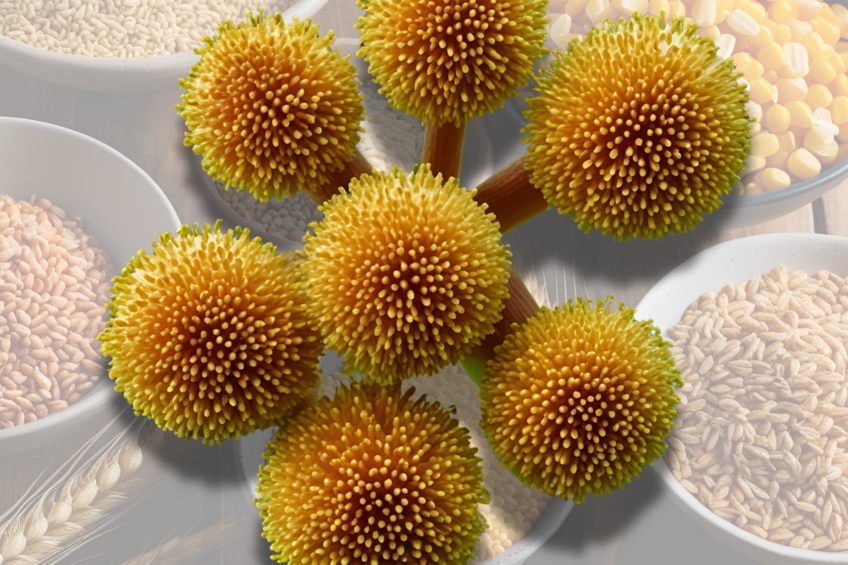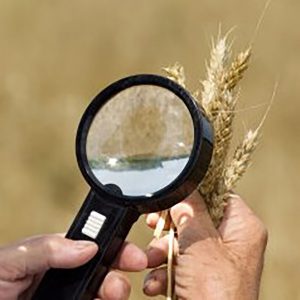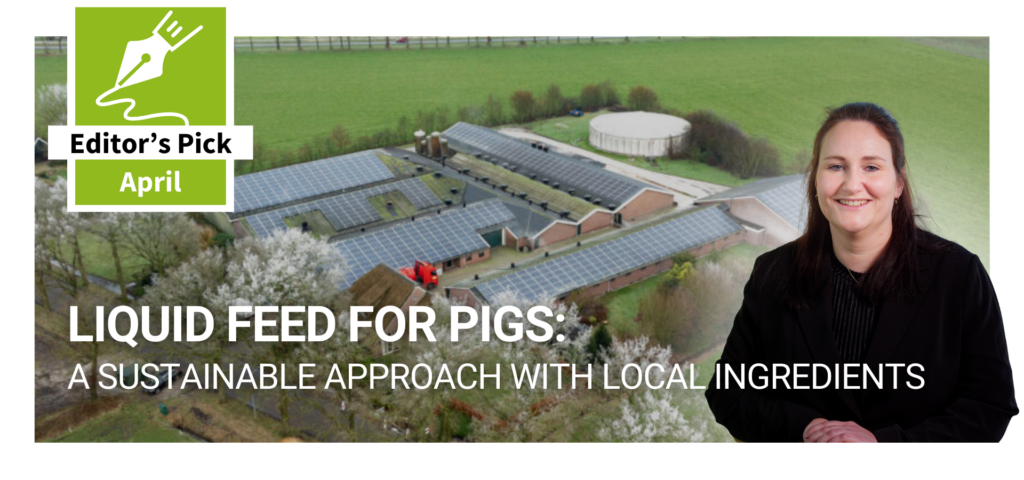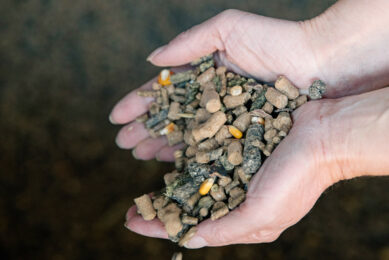Mycotoxin trends show co-occurrence remain a challenge for industry

More than 75% of feed samples showed levels of co-occurrence last year, according to the latest research from Cargill Animal Nutrition and Health.
The firm’s study of over 400,000 analyses across more than 150 feed plants, farm and storage locations, highlighted that co-occurrence remains a major challenge for the industry.
Regional variations in mycotoxin contamination
The study found 78% of samples contained 3 or more mycotoxins, along with distinct regional variations. For example, this year’s European research found that in Northern and Eastern Europe, there were milder fluctuations in mycotoxins and significantly lower deoxynivalenol (DON) levels last year compared to 2023.
However, the feed sector in Southern Europe saw a late-year surge in DON, fumonisin (FUM) and zearalenone (ZEN).
The importance of a broad data set for risk assessment
The company said that its database was the largest, allowing for more precise regional insights but said mycotoxin levels varied significantly by geography and time, making a broad dataset essential for accurate risk assessment and proactive management.
Feed safety’s critical role in livestock productivity
Clement Soulet, Category lead – Cargill Micronutrition and Health Solutions – said feed safety was a crucial part of optimising livestock productivity, stressing that healthy animals performed better.
“This database provides producers with real-time, location-specific risk insights, helping them make proactive decisions to protect their animals and their bottom line.”
DON study: The impact on broiler gut microbiota
The firm has carried out a study on how DON disrupts microbiota maturation, looking at the impact it has on broiler gut microbiota.
It found that DON-contaminated feed disrupts the natural development of beneficial bacteria, while promoting the persistence of harmful pathogens such as Campylobacter and Salmonella.

Breakthrough in mycotoxin mitigation with Notox AMA
The research also tested an innovative anti-mycotoxin agent (AMA), which counteracted DON’s negative effects, supporting healthy microbiota maturation.
Thomas Pecqueur, Technology Lead Additives – Cargill Micronutrition and Health Solutions – said the Notox AMA had produced impressive results: “Not all mycotoxin binders are created equal. Notox AMA stands out with its superior performance, leveraging highly advanced mycotoxin absorption technologies to provide unparalleled protection.”
Advancing risk assessment with cutting-edge tools
The firm is continuing to invest in next-generation risk assessment tools, such as the Mycotoxin Impact Calculator, to help customers quantify the economic and performance risk associated with mycotoxin exposure.
Forage mycotoxin analysis: Expanding the focus beyond poultry & pigs
Forage mycotoxin analysis was introduced last year and remains a key focus, reinforcing that mycotoxin management is critical not just for poultry and pigs but also for ruminants.











